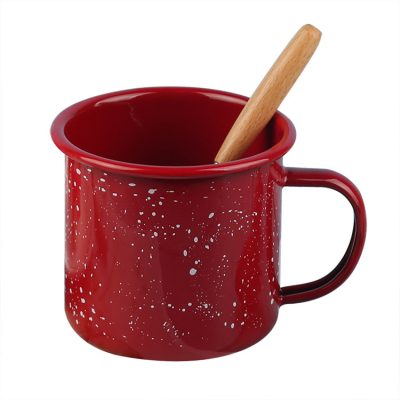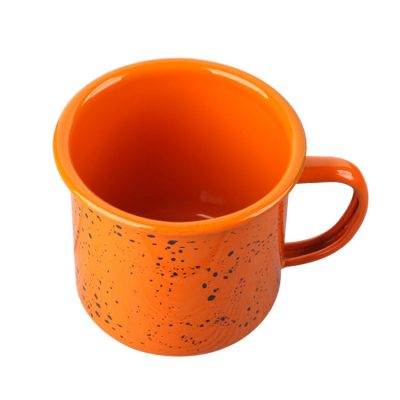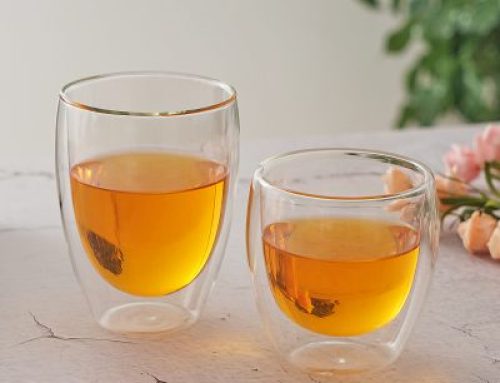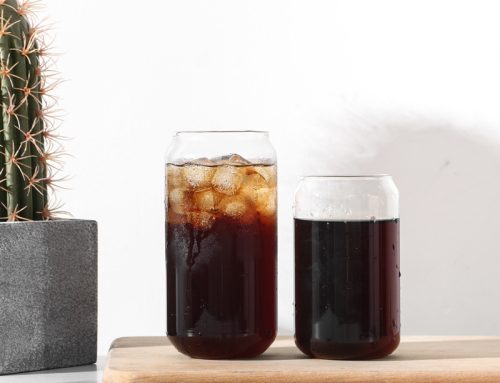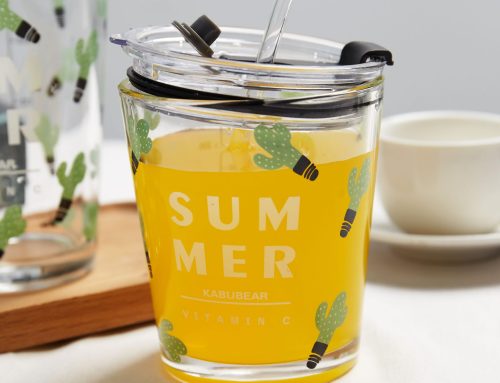How to judge the toxicity of ceramic tableware is mainly from two aspects: one is ceramic material and the other is firing. Ceramic materials are mainly body materials (mud materials), glaze materials (glaze materials) and decorative materials (painting materials).
Generally speaking, the clay of the green body is porcelain clay (mainly kaolin) or ceramic clay. These two items are reassuring. Generally, there is no chemical addition. It is natural clay or minerals, as long as the grade quality is poor. The main problem lies in glaze or painting. After high temperature, the glaze forms a glaze (vitrification) similar to the nature of glass. As long as it is formula raw ore, a small amount of chemical industry can not become a climate. Painting materials are more troublesome. At present, the low-cost materials are chemical materials, and the color materials contain heavy metals (lead, mercury, etc.). Therefore, it can be imagined that the underglaze color is relatively reassuring.
How to judge whether ceramic tableware is poisonous
Second, the firing problem. Whether the clay, glaze and painting materials are at ease depends on the firing temperature. High temperature porcelain is better than medium temperature and low temperature. High temperature generally refers to 1280 ℃ to 1350 ℃. Under such temperature calcination, after oxidation and reduction atmosphere, generally harmful substances disappear or transform. To sum up, high-temperature porcelain can almost be regarded as OK. If there is painting decoration, it is better under glaze than on glaze. Glazed utensils are only recommended to be decorated or decorated with fruits to avoid heating or soaking in water and oil. The same is true for medium temperature porcelain or some low-cost pottery.
More than 60% of medium temperature porcelain can be judged by color. The glaze vitrification layer of medium temperature porcelain is relatively thin. As long as a shallow layer of refraction, you can even directly see the tire color. The glaze and painting materials used for medium temperature painting are different from high temperature in terms of formula, and the effect is similar to gouache painting. Generally speaking, the painting is rough, which is not only technological, but also depends on the characteristics of tire quality and pigment.
Generally speaking, the tire quality of good high-temperature porcelain dishes will be thinner than that of medium temperature porcelain. Because the firing temperature of medium temperature porcelain is low, the sintering degree is not high, and the texture is looser than that of high-temperature porcelain, the tire quality will be relatively thicker in order to improve the impact resistance. Listening to the sound depends on experience. Flicking the vessel with your hand, the sound of high-temperature porcelain becomes clearer and closer to the metal sound. Listening to the sound has a sense of density, while the sound of medium temperature porcelain is dull, which is determined by the density.
